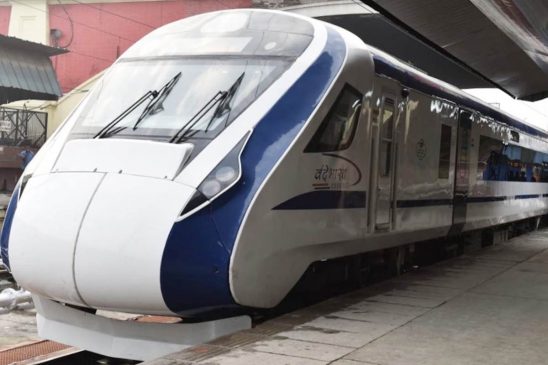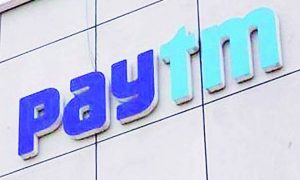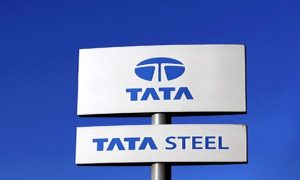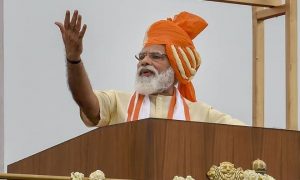The Railway Ministry’s decision to extend the deadline may affect the government’s ambitious plan to manufacture 400 Vande Bharat trains in India by the end of 2024-25
Indian Railways has extended the deadline for a tender that it released for 200 third-generation Vande Bharat train sets. The deadline for bid submission for key systems has been extended to October 10 from July 26.
The deadline has been extended because industry stakeholders sought additional time to evaluate the project and prepare their bids, a senior railway official said.
“Some private players have asked for more time to evaluate the investment needed to upgrade existing infrastructure at Marathwada Rail Coach Factory in Latur and the Integral Coach Factory in Chennai,” the official said.
Indian railways had in April released the tender for the design and manufacturing of 200 sleeper versions of Vande Bharat trains. As part of the tender, the winning bidder would have to upgrade the available infrastructure at Marathwada Rail Coach Factory or the Integral Coach Factory where these trains would be assembled.
Around 15 companies have approached Indian Railways to produce the third generation of Vande Bharat trains. Companies including Alstom India, Medha Servo Drives, Siemens, Bharat Heavy Electricals, Titagarh Wagons, CAF, Crompton Greaves, Cummins India, ELGI Equipment, Jupiter Wagons, Texmaco, Saini Electrical and Engineering Works, CG Power Industrial Solutions, Hind Rectifier and Electrowaves Electronics have approached the national transporter to participate in the tender.
CONCERN OVER DELAY
Despite extending the deadline of its tender for 200 third- generation trains, the national transporter is already looking to launch a new tender for 200 fourth-generation Vande Bharat trains in August.
The Railway Ministry’s decision to extend the deadline may affect the government’s ambitious plan to manufacture 400 Vande Bharat trains in India by the end of 2024-25.
“We expect manufacturers to take around 18-20 months to come up with a prototype before they can start the series production. In order to complete the order in a timely manner, it is important to award the tender as soon as possible,” another official in the ministry said.
With the deadline for the 200 sleeper-versions of the Vande Bharat trains extended until October, expectations are that the tender will be awarded by the end of the year, which would mean that manufacturers would deliver prototypes for the sleeper versions of the trains by the end of 2024, making it impossible for them to manufacture 400-Vande Bharat trains by the end of 2024-25.
Sudhanshu Mani, former general manager of Integral Coach Factory, Chennai, and the chief architect of India’s first Vande Bharat project, said manufacturers would need around two years to deliver the first train set. He added that it would take at least 5-6 years for Indian Railways to manufacture 400 Vande Bharat trains.
Indian Railways has until now awarded contracts for 102 Vande Bharat trains with deliveries scheduled to be completed by June 2024.
Tenders for Vande Bharat trains in the past have also had a history of being delayed. Indian Railways’ first tender for 44 Vande Bharat train sets was delayed by nearly three years due to inter-departmental feuds in the transporter, criticism by the Indian rolling stock industry of preference being given to foreign firms over local companies and geopolitical tensions with China.
The original version of the Vande Bharat trains, also called the T-18 trains, had taken just 18 months to conceptualize, design, manufacture, and roll out, two of these rakes — built at a cost of approximately Rs 100 crore — have been providing service on two routes: Delhi-Varanasi and Delhi-Katra.
Vande Bharat is a semi-high speed train with 16 self-propelled coaches — they do not require an engine. This is called a distributed traction power system, which is increasingly becoming the norm the world over for passenger operations. Distributed power enables higher acceleration and deceleration compared to loco-hauled trains, which take much longer to reach the top speed or to gradually come to a halt.
These trains have improvements in terms of better seating, an anti-bacterial system in the air conditioning system, and the ability to hit 160 km/h in 140 seconds.





































